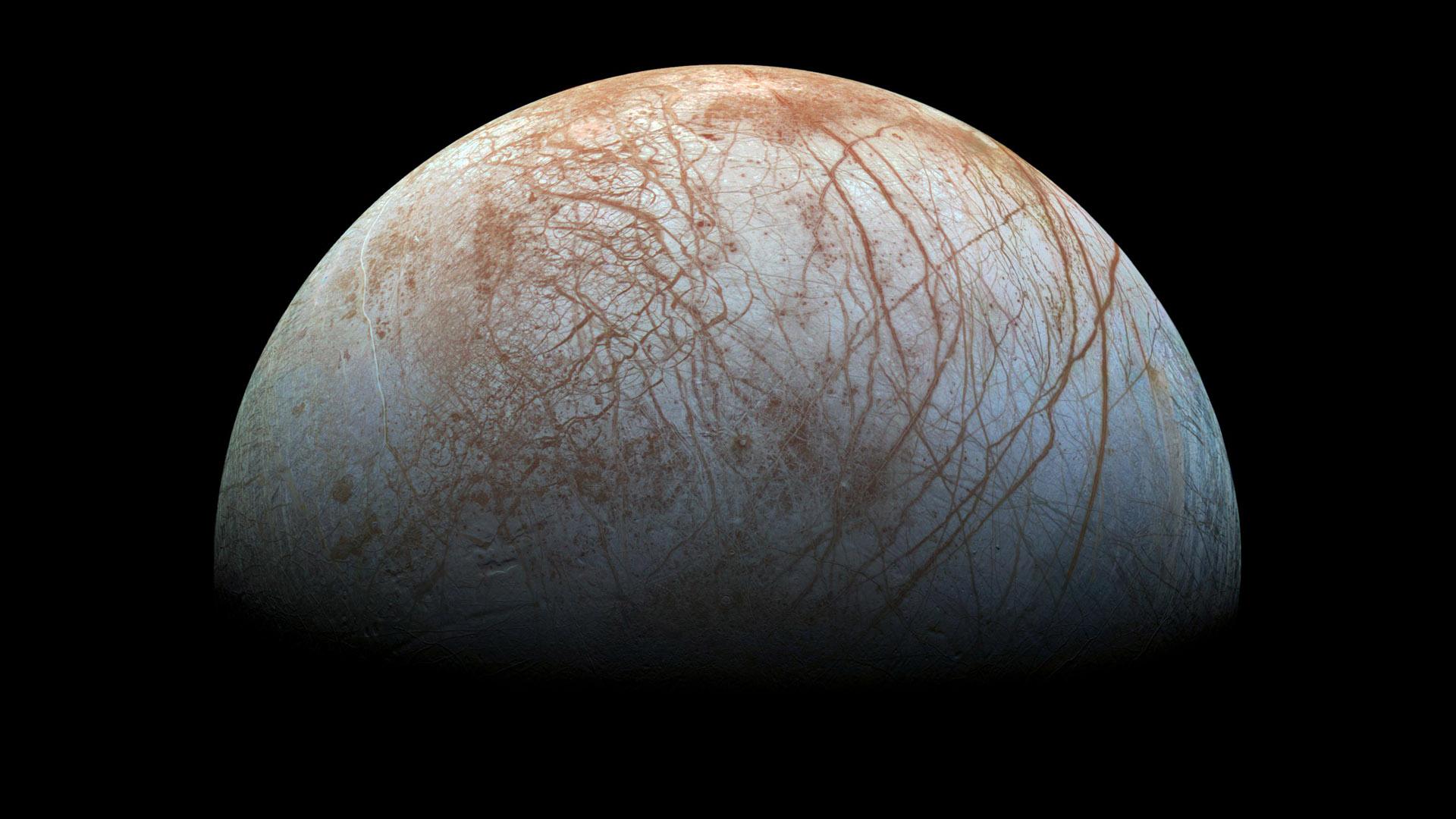Under pressure! Watch a Lockheed Martin inflatable space habitat explode (video)
There's pressure and then there's overpressure.
Lockheed Martin has been blowing up its in-development inflatable space habitat in more ways than one.
Explosions in space are usually not a good thing, unless you consider that supernovae created the heavy matter of which we are all made. But a recent test by American aerospace company Lockheed Martin needed to go beyond the limits to make sure new technology will be safe for human space habitation.
In early December, engineers at Lockheed Martin Space's Waterton Canyon facility in Colorado took a test habitat developed using its inflatable technology and put the module through what's called an ultimate burst pressure test, overpressurizing the test article to the point of exploding.
Boom! Here's how Sierra Space's inflatable space module blows up

A video of the test shows the pressure building until the habitat bursts violently at 285 per square- inch (psi), or more than six times the max operating pressure. The test, together with an earlier experiment, support validation of the design and manufacturing processes that went into making the habitat, according to a Lockheed Martin statement.
As well as finding the bursting point, the test unit was outfitted with hundreds of sensors and monitored with high-speed cameras—all providing thousands of valuable data points into exactly how and where the expandable habitat failed, the statement explained.
Lockheed Martin is developing inflatable habitats as part of NASA's NextSTEP public-private partnership program to support human space habitation in low Earth orbit, at the moon and beyond.
Get the Space.com Newsletter
Breaking space news, the latest updates on rocket launches, skywatching events and more!
In photos: Inside Sierra Nevada's inflatable space habitat in lunar orbit
"This tech demo is the first step in proving out our inflatable habitat design, which we are confident will be one of the key enablers to make human life in space easier and allow humans to explore further into space than ever before," said Tyler Muma, Lockheed Martin's Softgoods Technology Lead, in the statement.
Lockheed states that inflatables promise the capability to build space destinations with less weight, more volume and fewer launches required than traditional metallic, hard-sided structures and pave the way for a "feasible and affordable path for extra-large living spaces for humans in low Earth orbit, in a Mars transport system such as Mars Base Camp, and in habitats on the lunar and Martian surfaces."
Inflatable modules are already being tested on the International Space Station in the form of the Bigelow Expandable Activity Module (BEAM) which joined the station in 2016. While Bigelow Aerospace is no longer, NASA has taken over managing the module.
Follow us on Twitter @Spacedotcom or Facebook.
Join our Space Forums to keep talking space on the latest missions, night sky and more! And if you have a news tip, correction or comment, let us know at: community@space.com.

Andrew is a freelance space journalist with a focus on reporting on China's rapidly growing space sector. He began writing for Space.com in 2019 and writes for SpaceNews, IEEE Spectrum, National Geographic, Sky & Telescope, New Scientist and others. Andrew first caught the space bug when, as a youngster, he saw Voyager images of other worlds in our solar system for the first time. Away from space, Andrew enjoys trail running in the forests of Finland. You can follow him on Twitter @AJ_FI.
